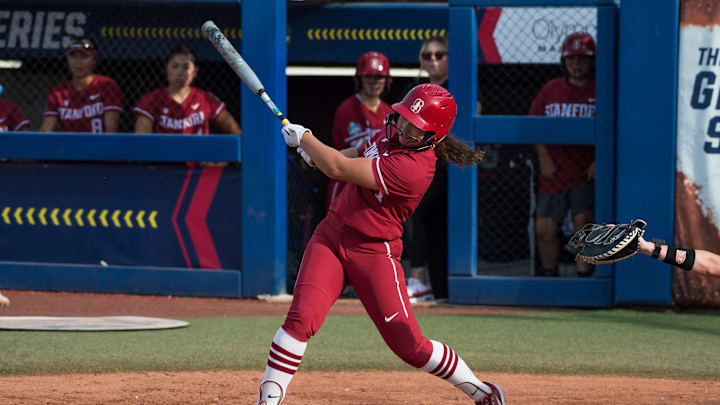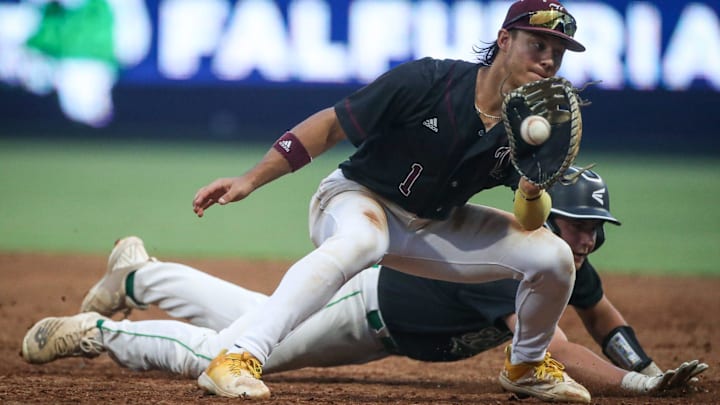Where Do Crappies Go After Ice-Out? In regions that receive ice cover, crappies spend the winter suspended over deep holes because oxygen levels in the shallows are depleted. But as ice melts, oxygen returns to the shallows and crappies begin to feel their spawning urge. The Best Areas for Pre-Spawn Crappies Even before ice melts, crappies may begin to move shallow.
Crappies like to spawn in shallow, dark-bottomed bays that warm faster than the main lake. They like areas that hold cabbage and coontail, and especially bulrushes. You can also find spring crappies around newly emerging lily pads and old cattail beds.

Sheltered areas like coves, marinas and creek mouths are attractive. They will also relate to wood, which warms in the sun. Try docks, brush piles, fallen trees and other woody cover.
Bays on the north end of the lake receive the most direct sunlight and will warm first, as will those with feeder creeks. Find shallow bays that fit these criteria near the lake’s deepest hole and you’re probably in the right location. Once you’ve found fish, they will probably return to these areas year after year.
Your Strategy for Locating Spring Crappies Using your electronics, begin your search in winter haunts and slowly move shallower until you find schools of crappies. Shortly after ice-out and until the water hits about 50 degrees, fish will likely be in transition between deep winter haunts and spawning areas. Depending on the depth of the lake, they could be along the first drop-off in 10 to 20 feet of water.
If they’re still fairly deep, say 15 to 20 feet down, you may be able to vertically jig them with1/64-, 1/32- or 1/16-ounce tube jigs, hair jigs or plain jigheads tipped with live minnows. If they’re shallower, especially if the water is clear, they will likely be spooky. In this case, it’s best to find fish with side imaging, as motoring directly over the school will probably scare fish, even if you’re using your trolling motor.
Find these fish, back out and target them with those same jigs fished under a slip bobber . A slip bobber keeps your bait out of emerging weeds and allows you to fish very slowly, which is typically what fish want when the water is still cold. Why Water Temperature is Critical During the Spawn As the water warms, fish will move shallower, both throughout the day and throughout the season.
Early in the morning, when the temperature is at its coolest, crappies will hunker down in those transition areas. But as the sun warms the water, they’ll slide shallower. If a cold front comes along, bam, they’re right back in those deeper transition areas.
The best crappie fishing is on warm afternoons when the sun is beating down on the water, especially after a few days of stable weather. It’s important to note, shallow, stained lakes warm faster than deeper, clear lakes. In addition, different areas within a lake will warm at different times.
So if you keep moving, you can protract this good early season pattern. Finding Crappies during the Spawn Crappies spawn when the water reaches about 60 degrees. Depending on where you’re at, that could be late February in the deep south or early June in the far north.
At that time, they will go ultra-shallow: anywhere from 1 to 8 feet depending on cover and water clarity (they generally spawn a little deeper in clearer lakes). Presentations for Ultra-Shallow Crappies Using slip bobbers is vital when fishing so shallow because without one, your jig would constantly be on bottom or in weeds. Shallow fish are spooky fish, so long casts are the name of the game.
Long rods (like maybe 7 feet) help you cast much farther than short, ultralight rods. Using a long cane pole or telescopic crappie rod to quietly drop lures onto fish isn’t out of the question. Light line will help you cast farther as well, and you really don’t need anything heavier than 6-pound test anyway.
How to Catch Aggressive Male Crappies Guarding Nests Males arrive first in the shallows, where they scoop out a nest on the soft bottom with their tails. After spawning, females quickly leave, sliding out a bit deeper, but males stay to guard the nests. At this time, males are very territorial and will aggressively strike jigs pitched in front of them.
It can make for great fishing, but realize these fish are protecting the next generation of crappies, so harvest fish with discretion. Don’t Miss the Best Crappie Fishing of the Year Spring offers one of the best crappie bites of the year as the fish move through their spawning phases. With proper timing, an understanding of location, and the right presentations you can have some amazing early season days on the water.
So keep an eye on the water temps, grab your slip bobbers, and get ready to intercept these easy-access crappies before they slide back out to their deep, summer haunts. Recommended Articles:.
















